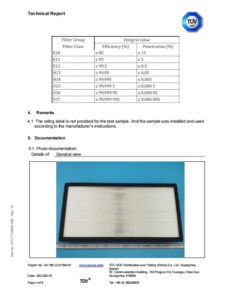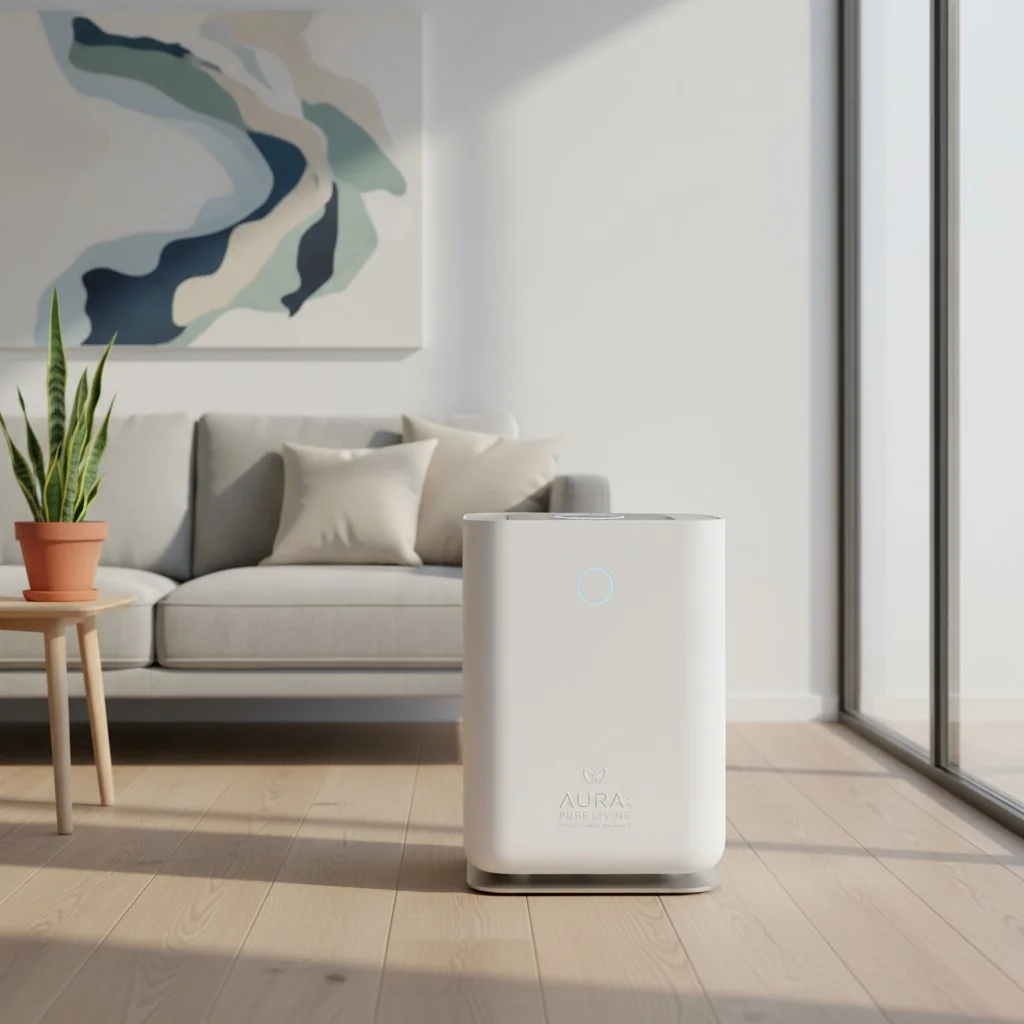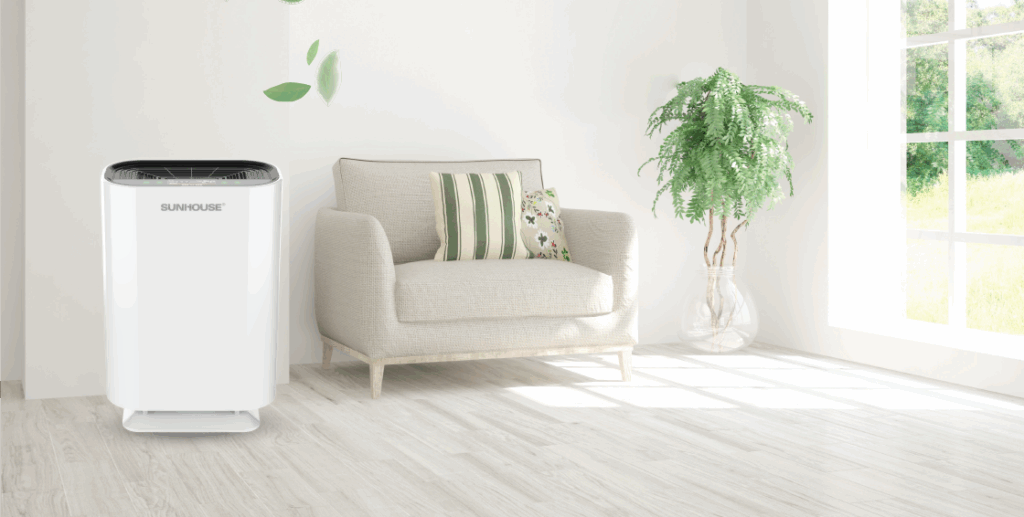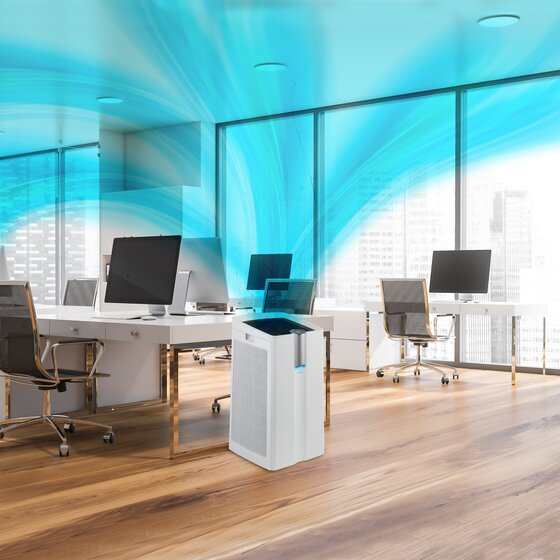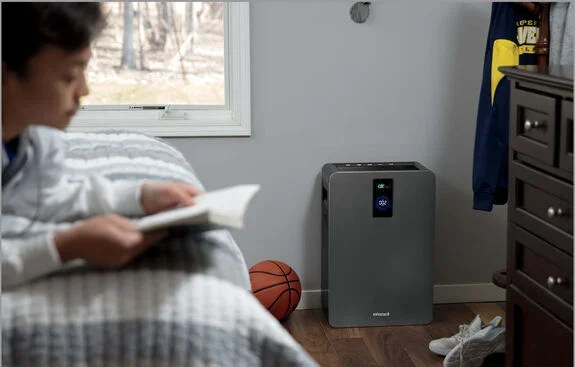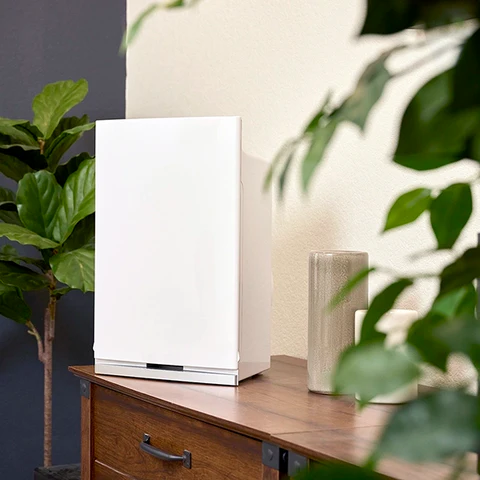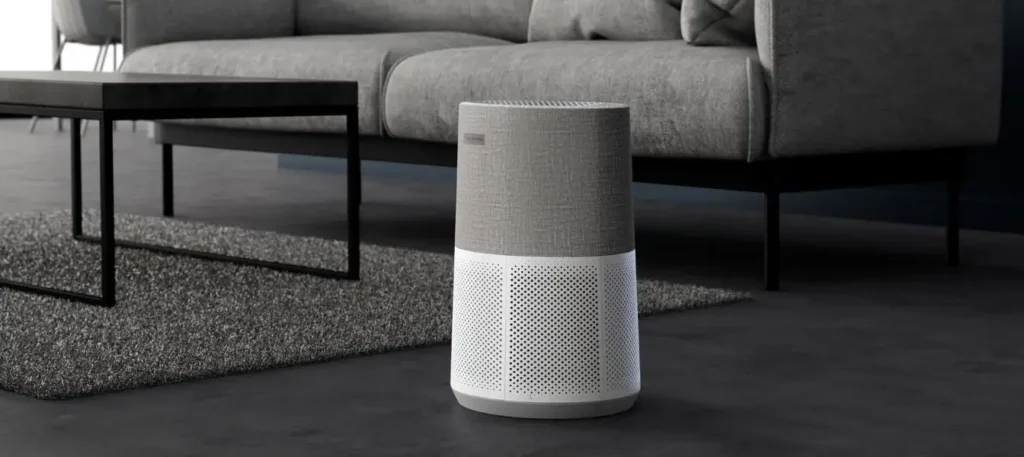The US market for air purifiers has grown significantly over the past few years due to rising concerns about air quality, pollution, and health-related risks. As businesses and consumers continue to prioritize clean air, the demand for high-quality, efficient air purifiers has surged. For brands looking to enter this market or expand their product lines, partnering with an experienced OEM/ODM очиститель воздуха производитель очень важно.
В этом блоге мы рассмотрим ключевые факторы, определяющие, что производитель воздухоочистителей подходит для американского рынка, включая соответствие американским стандартам безопасности, опыт обслуживания ведущих брендов и экспертизу в разработке умных устройств с поддержкой IoT. Мы также подчеркнем, почему HisoAir является идеальным партнером для брендов, желающих предложить индивидуальные решения по очистке воздуха в США.
Expertise in U.S. Safety and Quality Standards
Соответствие американским стандартам безопасности и качества - важнейшее требование для любого производителя воздухоочистителей, стремящегося выйти на американский рынок. Эти стандарты гарантируют, что воздухоочистители безопасны, энергоэффективны и эффективно улучшают качество воздуха в помещении. Для OEM/ODM-производителей понимание и соблюдение этих норм - сложный процесс, требующий многолетнего опыта.
Ключевые сертификаты и стандарты для американского рынка:
- Стандарты безопасности UL (Underwriters Laboratories): Сертификация UL гарантирует, что воздухоочистители соответствуют самым высоким стандартам электробезопасности и общей безопасности продукта.
- AHAM (Ассоциация производителей бытовой техники): Сертификация AHAM сосредоточена на коэффициенте подачи чистого воздуха (CADR), который измеряет, насколько эффективно воздухоочиститель может удалять загрязняющие вещества из воздуха.
- CARB (Калифорнийский совет по воздушным ресурсам): CARB устанавливает строгие нормы по выбросам озона, что является критическим фактором для воздухоочистителей, продаваемых в Калифорнии.
- DOE (Министерство энергетики) и Energy Star: Энергоэффективность жизненно важна для американских потребителей, и производители должны соответствовать стандартам DOE и претендовать на Energy Star сертификаты, гарантирующие, что их продукция потребляет минимум энергии.
- Соответствие требованиям FCC: Воздухоочистители с электронными компонентами должны соответствовать требованиям FCC правилами для предотвращения вредных помех радиосвязи.
- CA65 (Калифорнийское предложение 65): Этот стандарт гарантирует, что воздухоочистители не подвергают потребителей воздействию вредных химических веществ, которые могут вызвать рак или нанести вред репродуктивной функции.
Компания HisoAir имеет более чем 20-летний опыт работы с этими сертификатами и стандартами безопасности, что позволяет нам производить воздухоочистители, отвечающие всем нормативным требованиям США. Наши специалисты гарантируют, что каждый продукт проходит необходимые испытания на соответствие этим строгим стандартам, что сводит к минимуму риск отзыва продукции или возникновения проблем с безопасностью.
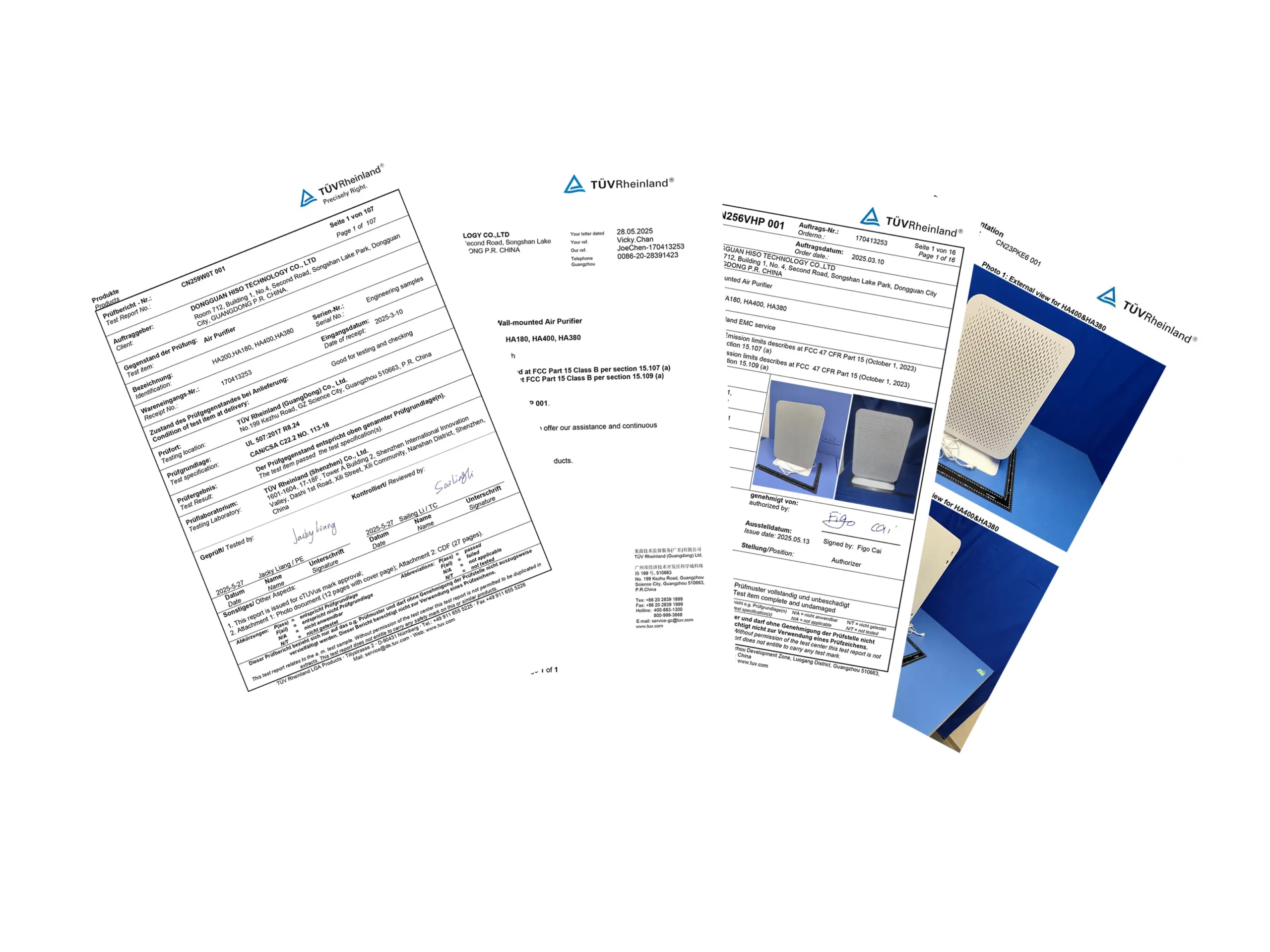
HisoAir | Certified to International Standards
Experience in the U.S. Market and Serving Top Brands
Понимание предпочтений американских потребителей имеет решающее значение для любого производителя, желающего добиться успеха на этом рынке. Американские потребители отдают предпочтение определенным характеристикам, таким как энергоэффективность, бесшумная работа и высокие рейтинги CADR. Чтобы удовлетворить эти требования, производители должны иметь большой опыт в разработке продуктов, соответствующих этим предпочтениям.
Работа с ведущими американскими брендами:
Опытные производители OEM/ODM имеют большой опыт работы с такими ведущими американскими брендами, как 3M, Перевозчик, и Germguardian. Эти партнерства демонстрируют способность производителя создавать высококачественные воздухоочистители, отвечающие специфическим потребностям американских клиентов.
Компания HisoAir успешно разрабатывает и производит воздухоочистители для ведущих мировых брендов, включая BlueAir. Мы специализируемся на создании индивидуальных решений, отвечающих уникальным требованиям клиентов, таким как специализированная фильтрация аллергенов, бесшумная работа в спальнях и офисах, а также устройства с поддержкой IoT для умных домов. Наш опыт работы на американском рынке гарантирует, что мы сможем предоставить именно то, что ожидают американские потребители.

Keeping Up with Evolving U.S. Regulatory Trends
Нормативная база США в отношении воздухоочистителей постоянно меняется, и производители должны быть в курсе этих изменений, чтобы оставаться в соответствии с требованиями. Недавние обновления от АХАМ, DOEи введение ASHRAE 241 в 2024 году устанавливают новые стандарты производительности и энергоэффективности воздухоочистителей.
Ключевые обновления нормативной базы:
- Обновления стандартов AHAM: Новые стандарты тестирования CADR требуют от производителей повышения эффективности фильтрации без ущерба для энергопотребления.
- Требования Министерства энергетики к потреблению энергии: Министерство энергетики США ввело более строгие требования к энергоэффективности воздухоочистителей, а это значит, что для того, чтобы соответствовать требованиям, приборы должны обеспечивать высокий CADR при минимальном энергопотреблении.
- ASHRAE 241: Этот новый стандарт, который вступит в силу в 2024 году, определяет правила фильтрации воздуха и системы вентиляции в больших коммерческих помещениях и потребует от производителей разрабатывать воздухоочистители, способные удовлетворить эти повышенные требования к фильтрации.
Компания HisoAir постоянно совершенствует конструкцию и технологию наших изделий, чтобы обеспечить соответствие этим меняющимся стандартам. Наша команда инженеров хорошо осведомлена о последних тенденциях в области регулирования, что гарантирует, что наши продукты не только отвечают текущим требованиям, но и предвосхищают будущие изменения.
Expertise in Firmware and IoT Connectivity: Thread and Matter
По мере того как "умные дома" и технологии IoT становятся все более распространенными в США, воздухоочистители должны предлагать возможности подключения, которые позволят пользователям управлять и контролировать свои устройства удаленно. Два новых протокола IoT, Нить и МатерияОни быстро завоевывают популярность на американском рынке благодаря своей беспроблемной интеграции в различные платформы "умного дома".
Почему нить и материя важны:
- Нить: Этот беспроводной протокол с низким энергопотреблением идеально подходит для устройств "умного дома", обеспечивая быстрое время отклика и повышенную надежность в подключенных средах.
- Материя: Этот отраслевой стандарт упрощает интеграцию устройств "умного дома" на таких платформах, как Apple HomeKit, Amazon Alexa и Google Home.
HisoAir имеет большой опыт в разработке воздухоочистителей с поддержкой IoT, которые поддерживают эти передовые протоколы. Наши инженеры создают встроенное программное обеспечение, которое обеспечивает легкую интеграцию наших устройств в экосистемы "умного дома", предоставляя пользователям полный контроль над качеством воздуха из любого места.
In-House CNAS Testing Labs: Ensuring Quality and Performance
Одним из отличительных признаков высококлассного OEM/ODM-производителя является возможность проведения обширных внутренних испытаний, гарантирующих качество и производительность продукции. Сертифицированные CNAS испытательные лаборатории (China National Accreditation Service for Conformity Assessment) необходимы производителям, стремящимся выпускать воздухоочистители, отвечающие самым высоким стандартам точности и надежности.
Ключевые возможности тестирования:
- Точность и калибровка датчиков: Обеспечение правильной калибровки датчиков качества воздуха для мониторинга в режиме реального времени.
- Тестирование CADR: Проверка коэффициента подачи чистого воздуха для обеспечения соответствия стандартам AHAM и другим американским стандартам.
- Тестирование СКК: Тест "Кумулятивная чистая масса" измеряет, сколько загрязняющих веществ может удалить воздухоочиститель за определенное время.
- Электрические испытания: Обеспечение электробезопасности и соответствия требованиям FCC.
- Тестирование воздушного потока и шума: Проверка оптимальности воздушного потока при сохранении низкого уровня шума для обеспечения комфорта потребителей.
Компания HisoAir инвестировала средства в современное испытательное оборудование, чтобы гарантировать, что все наши воздухоочистители соответствуют и превосходят международные стандарты. Наши лаборатории, одобренные CNAS, проводят широкий спектр испытаний, включая CADR, CCM, проверку электробезопасности и уровня шума, гарантируя, что каждый продукт, который мы производим, надежен и безопасен для американского рынка.
Why HisoAir is the Right Partner for OEM/ODM Производство воздухоочистителей
Имея более чем 20-летний опыт работы в индустрии очистки воздуха, HisoAir является идеальным партнером для компаний, желающих предложить на американском рынке воздухоочистители, изготовленные по индивидуальному заказу. Наш опыт работы с американскими стандартами безопасности, обслуживание ведущих брендов и опережение отраслевых тенденций позволяют нам поставлять высококачественную продукцию, отвечающую специфическим потребностям американских клиентов.
Ключевые преимущества сотрудничества с HisoAir:
- Экспертиза в Сертификация S. и стандартов (UL, AHAM, CARB, DOE, Energy Star, FCC, CA65).
- Доказанный опыт работы с такими ведущими американскими брендами, как BlueAir.
- Опыт разработки Умные воздухоочистители с поддержкой IoT с протоколами Thread и Matter.
- В доме Испытательные лаборатории CNAS для всестороннего обеспечения качества.
Готовы вывести свой бренд воздухоочистителей на американский рынок? Свяжитесь с HisoAir сегодня чтобы узнать больше о наших услугах OEM/ODM и о том, как мы можем помочь вам разработать индивидуальные решения по очистке воздуха, отвечающие самым высоким стандартам качества и производительности.
Заключение: Выбор правильного OEM/ODM-производителя для американского рынка
Выбор опытного OEM/ODM-производителя воздухоочистителей имеет решающее значение для успеха на американском рынке. В условиях строгих стандартов безопасности и эффективности, быстро меняющихся норм и спроса на "умные", подключенные устройства производители должны быть готовы к решению этих задач. HisoAir обладает знаниями, оборудованием и опытом, необходимыми для поставки высококачественных воздухоочистителей, соответствующих потребностям американского рынка.
Свяжитесь с нами сегодня чтобы узнать, как мы можем помочь вашему бренду добиться успеха с помощью индивидуальных решений по очистке воздуха, разработанных для американского рынка.

